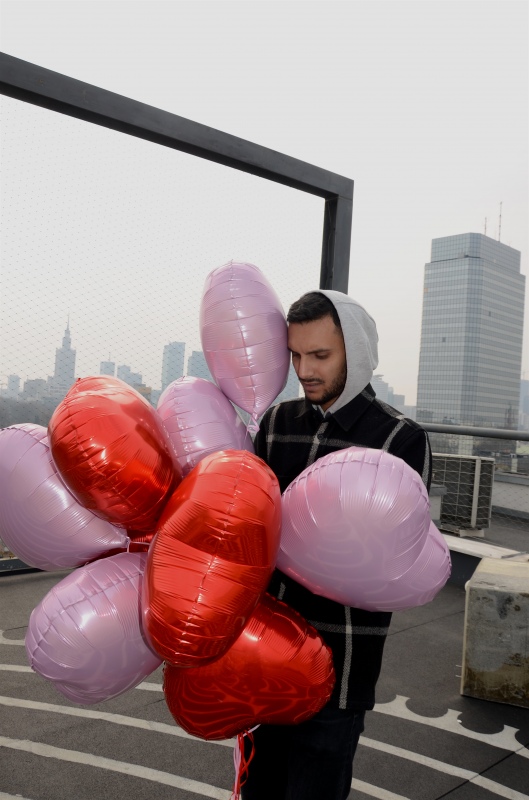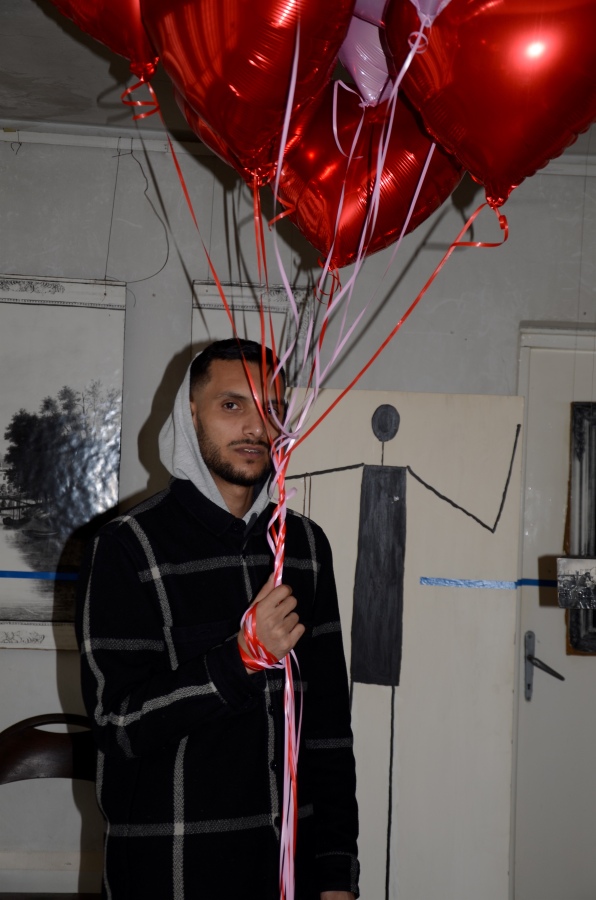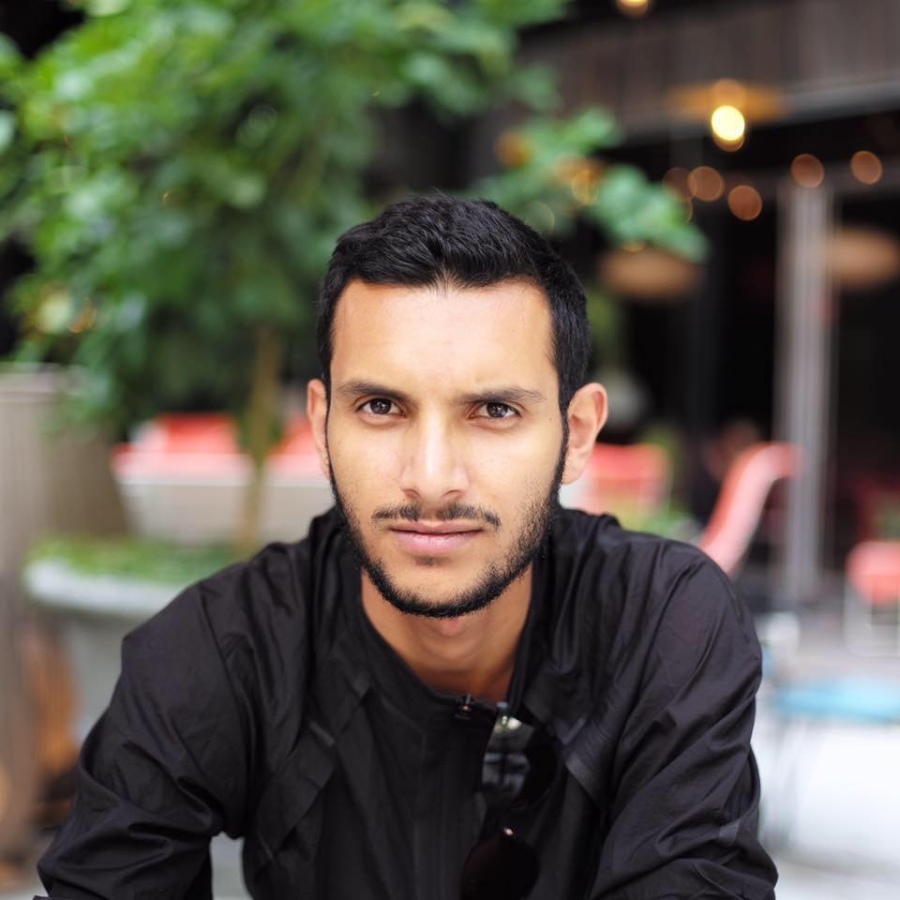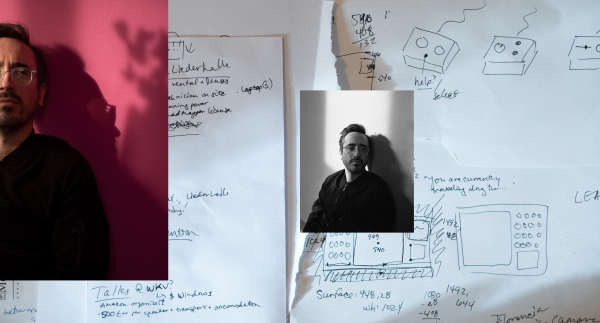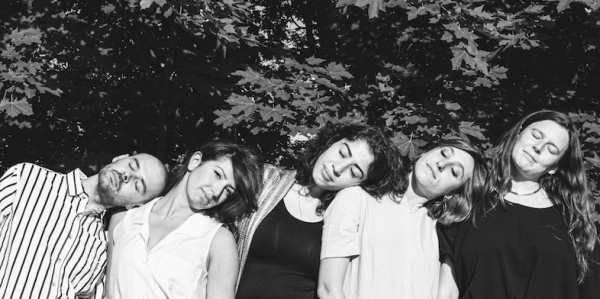The Poet
Mohamed Almusibli in conversation with Michał Grzegorzek
-
I would like to start where everything ends: on the subject of death, in particular queer death, which is something that we have both been researching for a long time now. For your residency at Ujazdowski Castle Centre for Contemporary Art, you proposed an interesting perspective – looking into the topic of social death. I will appropriate your question and ask: How dead are you if you are dead to someone?
-
That’s one question I don’t have an answer to. I believe that there are some sort of different dimensions, parallel worlds etc. I don’t think there is just one life as we know it, but many different worlds, and when you are dead to someone you simply no longer belong to their world. I have this idea of diagrams: you are in one circle and he or she is in another circle and, although your circles do not touch directly, there is a greater circle that actually connects you somehow, like the city you live in or through friends, colleagues, former lovers. It’s funny because I saw something on Instagram recently; a meme about this exact idea, about being dead to someone. Popular media influences me a lot: memes, films, music, videos. These images usually influence the beginning of my work with text, they lead to questions that I ask in order to find something poetic in this pop material. Initially, I try to relate these questions to my own intimacy, answering them with personal details. Later, this research takes on a more universal meaning, a broader context. In previous works I have asked, for example, how you can have a voice while remaining silent. The question can cover a very intimate relationship, taking place between two people, or a small group of friends or lovers. Then, of course, there is the larger context, related to who speaks in society and who has no voice; who deprives us of a voice; and how people without a voice can still be active members of society. So this time I have been looking at social death as the topic I want to explore and develop during my residency at the castle. At the moment, the backbone of this subject is love and death.
-
-
What kind of artistic language do you use to talk about love and death?
-
It’s hard for me to focus on one medium, which can be confusing for audience. I am often asked what I work in, what kind of artist I am. The choice of medium is sometimes also a matter of chance. For example, it can often depend on the invitation to the project. My artistic practice actually began with theory of art – studies of history of art and writing. One day I was invited to participate in an exhibition on poetry, which was when, and many times later, I discovered many ways of presenting what I write and how I write. With that in mind, why couldn’t a poem become a sculpture or a sound installation?
-
-
You also work very intensively with performance.
-
Performance allows me to work with issues of what is animate and what isn’t animate. Poetry is actually a great material for that. Death and love are very queer. I am one of those people who, in their early youth, first discovered what queer love and queer death are, and since then these topics have been haunting me. These experiences became something of a foundation for my growing up, my early youth, and later a part of my artistic language. Perhaps it could be perceived as a very pessimistic approach, to combine love with death, but that’s how love began for me. I try to look for poetry in tragedy and mourning, for example in suicide letters.
-
-
Your interests also relate to another traumatic experience – the war in Yemen.
-
I was very lucky because I experienced it when I was a child. Soon after, my family fled with me to Switzerland. Today I can say that the experience of war is an audio experience for me. What I remember about the war is its voice. It is the most vivid memory that comes back to me – the sound of an explosion, the sensation of the sound barrier breaking on the wall, etc. Of course, the later exile is also associated with specific sounds. We were unable to go back to Yemen for about twenty years, so I only heard about things from family stories or talking to someone on the phone. Yemen, the war and extended family reached me through many voices, in many storytellings. The knowledge of culture – movies and literature that my parents showed me – came to me only much later. But when I eventually returned to Yemen, I didn’t feel at home; it wasn’t my country anymore.
-
-
What would be the sound of this state of emergency that we are now in?
-
Pop music! I think it would be something chilly and slow. For a long time during the lockdown period I listened to this one song almost every day: Dawn. The original was by Carly Rae Jepsen, but I was listening to a version by Oklou and Casey MQ, which makes it very slow and dramatic. You could say it was my pandemic song. What I like most about it is the transformation. I think it depicts, in a metaphorical way, what actually happened after the state of emergency was declared. From the dynamic original we all knew, we went to a much slower new state. As if from something very frivolous, we went into a mode of serious organization, neighbourly help, emotional support. That’s maybe simplifying things somewhat, but I can’t stop thinking about that.
-
-
Taking care of each other and creating a safe space is also the motivation behind your artist-run gallery called Cherish.
-
Cherish arose from the energy and desire to do something, together with James Bantone, Thomas Liu Le Lann and Ser Serpas, immediately after moving to Geneva. We rented a large, empty apartment, which we decided to fill with art instead of furniture. The name came from an R&B band from the early 2000s. These four singing sisters introduced a more family-like atmosphere than the cold, white cube character. It is also the place where we all live, so we would invite people to our home. We do not have a well-defined or limited programme, instead we try to support those for whom there is no place in public institutions and are excluded from normative society. So far only women have exhibited here with us. What is also very important to us is the fact that it is the only artistic place in Switzerland run exclusively by queer and people of colour.
-
-
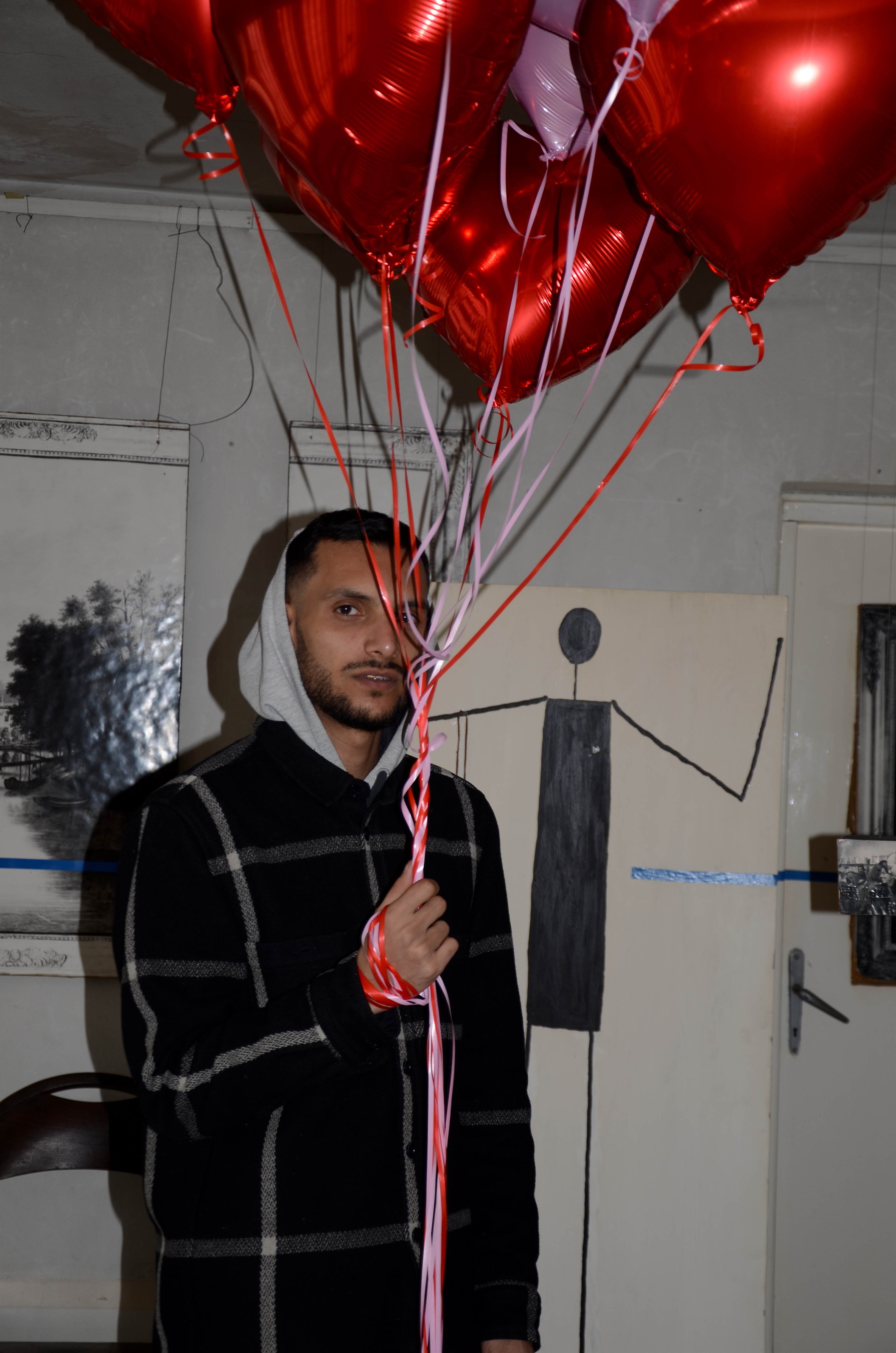
-
-
Why don’t we finish this conversation by giving your voice the limelight? Could you share one of you poems with us?
- Imagine that your silence is burying you inside my heart. And I don’t know if my sadness comes from there or elsewhere.
- The throat was our weakness as a family. It descended then turned left, like a staircase. Then walked out of our lives forever. Which death felt the best and then the worst of it: a morning so green the ravens looked morebluethan?
- And then we cowards
- who loved the whispering evening,
- the houses, the path by the river,
- the dirty red lights of those places,
- the sweet soundless sorrow –
- we reached our hands out toward the living chain
- in silence, but our heart startled us with blood,
- and no more sweetness then,
- no more losing ourselves on the path by the river –
- no longer slaves, we knew we were alone and alive.
- How many ghosts does it take before a cemetery can call itself a country?
- There are cemeteries that are lonely. Graves full of bones that does not make a sound.
- A broken heart in tones with a voiceless song.
